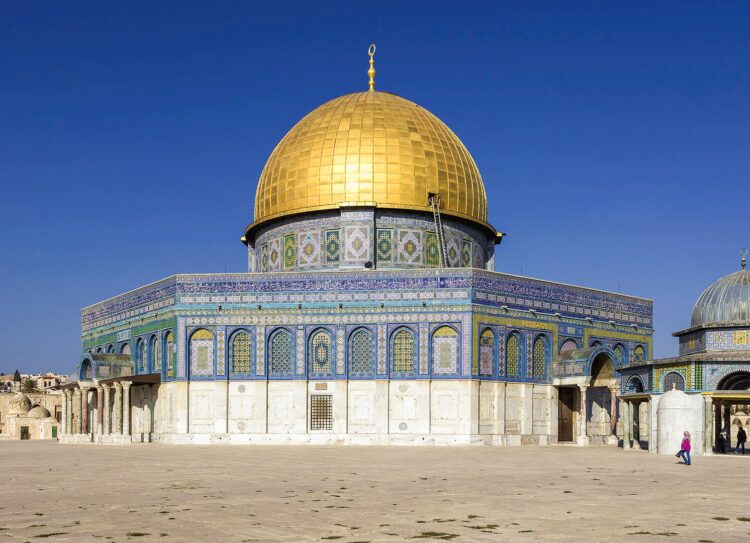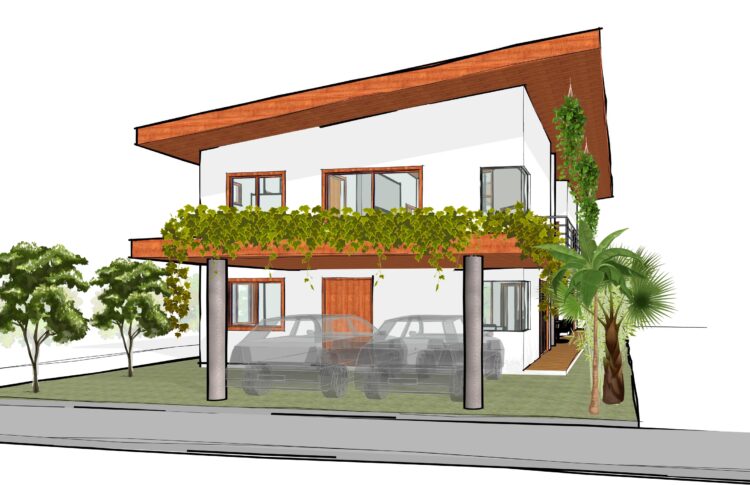Hey there! How is it going? I hope life has treated you well. Today, we would like to bring you an intriguing post regarding sacred temples around the world. We have noticed that many of those ancient sacred temples present polygonal plans, and we wonder why so many of them across the globe (from different religious and cultural backgrounds) apply those sacred geometric shapes that are also extensively found in nature. Perhaps, there is something in common amongst the different religious beliefs that can be somehow measured?
By the way, we have already explored the Sacred Geometry topic on our blog in a series of previous posts, such as ‘The Star Forts‘, ‘Pavilion of the Enlightened‘, ‘The Stepped Monuments‘, and ‘The Taj Mahal‘. Don’t miss it out!
Sacred Geometry: Old Sacred Temples with Polygonal Shapes Around the World
Throughout history, religious architecture has often embraced geometric symbolism, reflecting spiritual concepts through spatial form. Among the most intriguing are pentagonal, hexagonal, and octagonal churches—rare yet profound architectural expressions found in Christian and other traditions across the world. These multi-sided forms go beyond mere structural experimentation; they embody theological symbolism, celestial perfection, and cosmological harmony. From the early Byzantine period to Renaissance Europe and beyond, polygonal churches and temples have emerged as timeless testaments to the fusion of spirituality and geometry.
Symbolism of the Polygonal Form
The octagon has been particularly favored in Christian architecture due to its symbolic meaning. It represents regeneration and resurrection, associated with the eighth day—the day Christ rose from the dead. Thus, many early baptisteries and churches adopted this form. Hexagons, while less common, carry connotations of harmony, balance, and unity, often associated with nature and the cosmos (as seen in honeycombs and crystals). Both shapes allowed for centralised plans, which shifted focus inward—ideal for worship, reflection, and spiritual elevation.
Notable Polygonal Sacred Temples Around the World
1. Basilica of San Vitale – Ravenna, Italy
One of the most important examples of early Christian Byzantine art and architecture, the Basilica of San Vitale was built in the 6th century and features an octagonal plan. It blends Western and Eastern architectural elements with its central dome, intricate mosaics, and elegant proportions. The octagon here symbolizes spiritual rebirth and heaven.
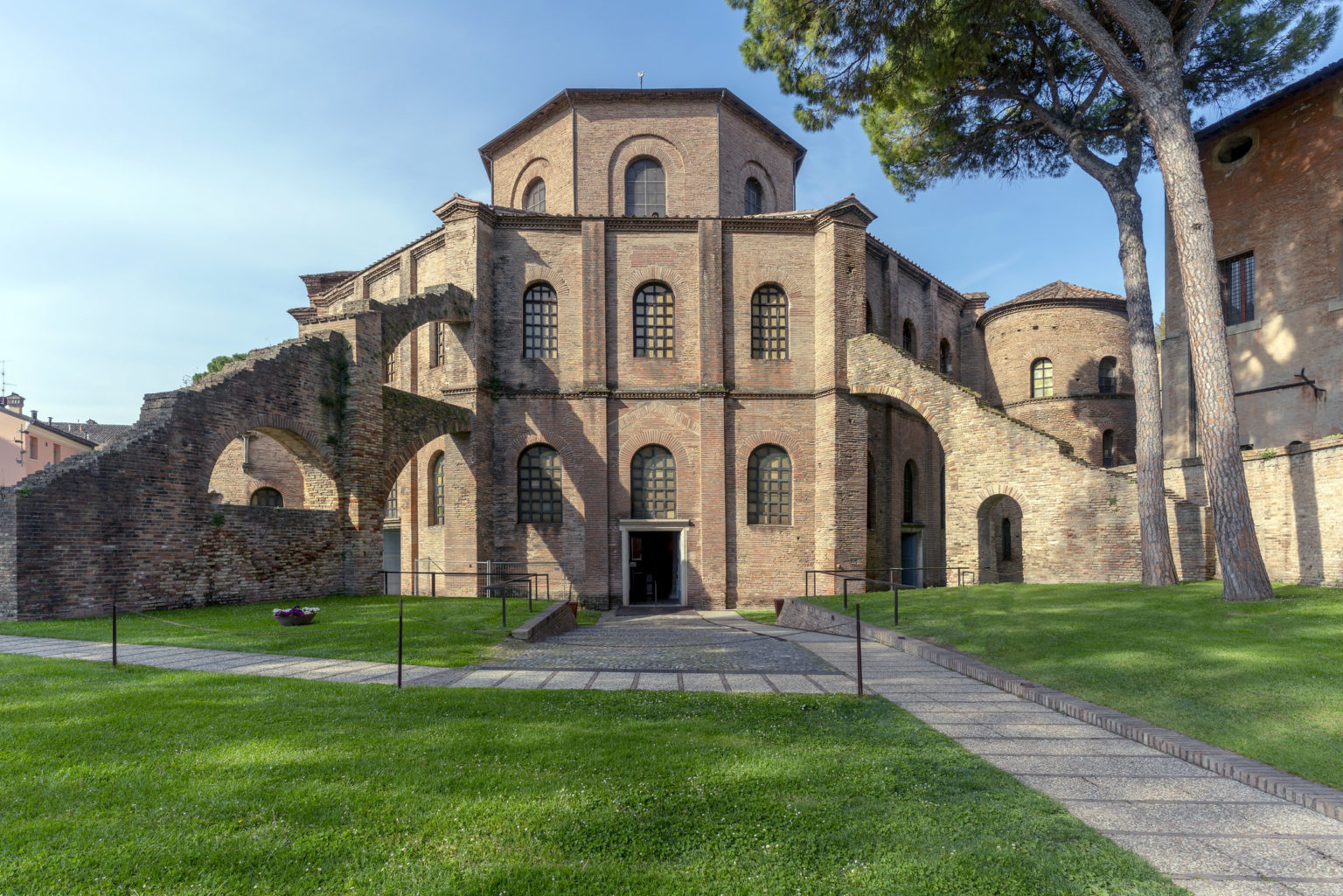
Basilica of San Vitale, in Ravenna, Italy. Source: https://smarthistory.org/san-vitale/
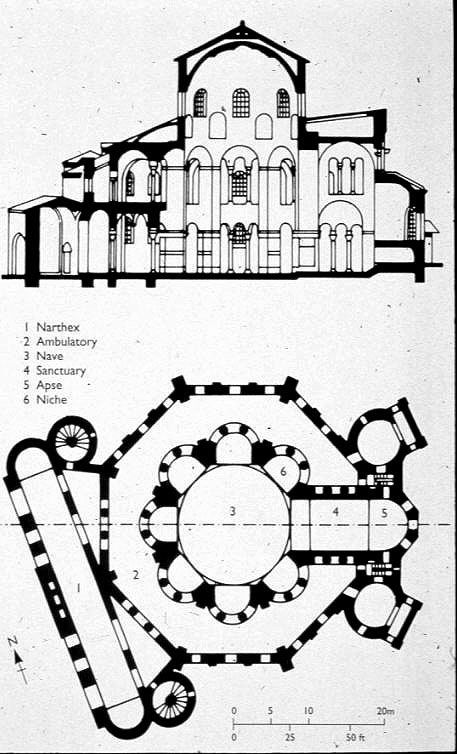
Plan of San Vitale Church. Ravenna, Italy. Early Byzantine Europe. c. 526–547 C.E. Source: https://www.pinterest.com/pin/22236591899858117/
2. Palatine Chapel – Aachen, Germany
Built by Charlemagne around 792 AD, this chapel was inspired by San Vitale. It is a masterpiece of Carolingian Renaissance architecture with a strict octagonal core surrounded by a sixteen-sided ambulatory. It reflects the emperor’s desire to align his reign with Roman and Christian imperial symbolism.
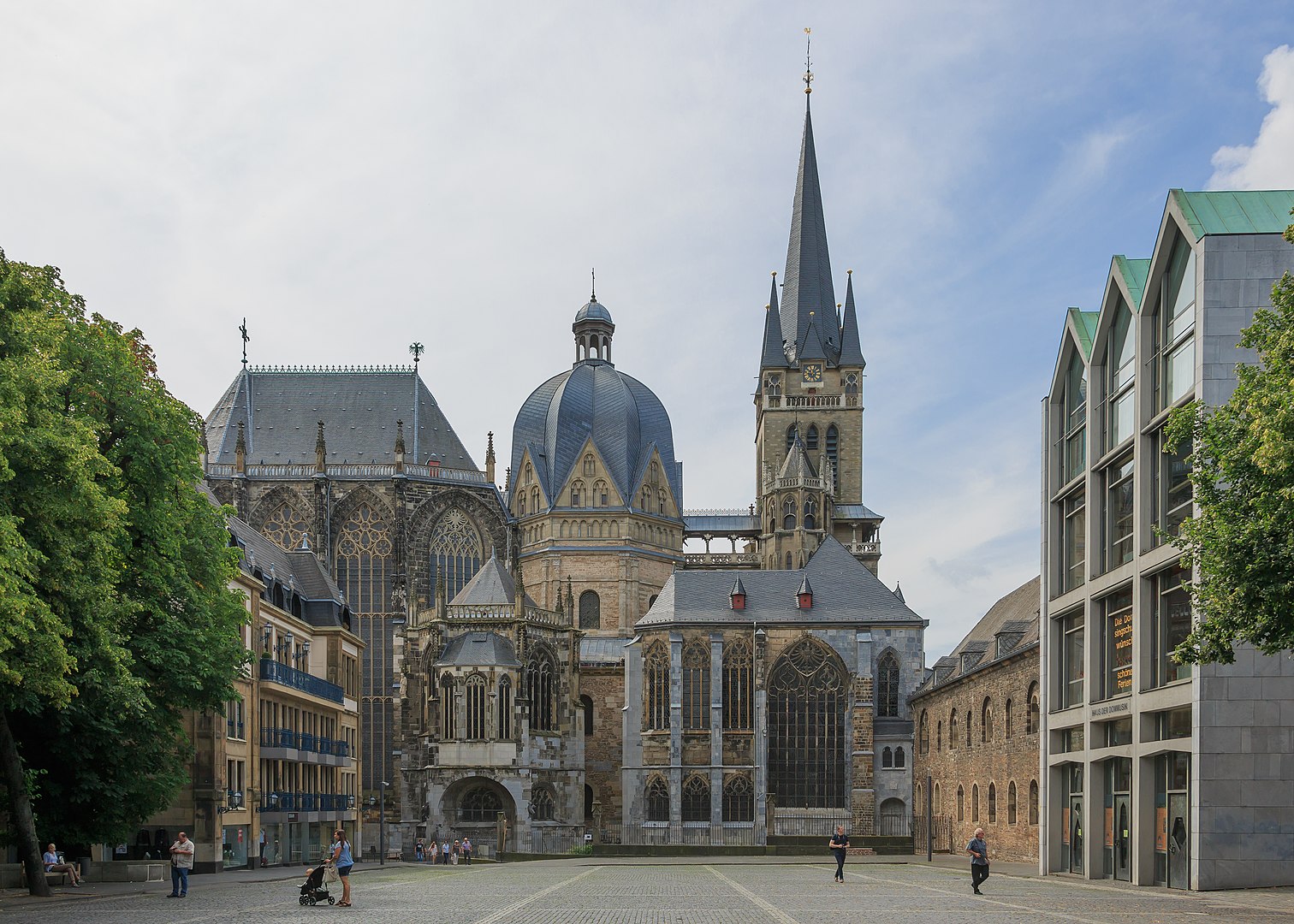
Palatine Chapel in Aachen, Germany. Source: https://en.wikipedia.org/wiki/Aachen_Cathedral
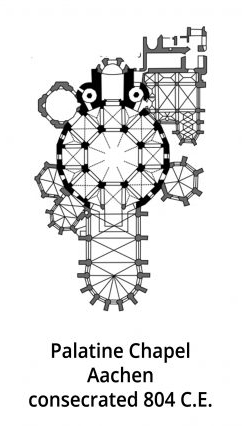
Palatine Chapel floor plan. Source: https://smarthistory.org/palatine-chapel-aachen/
3. The Dome of the Rock – Jerusalem
While not a church in the Christian sense, the Dome of the Rock shares the same octagonal format and was a profound influence on subsequent Christian architecture. Built in 691 AD, its harmonious octagonal layout and centralized dome became inspirational for later Christian church designs, especially during the Crusades.
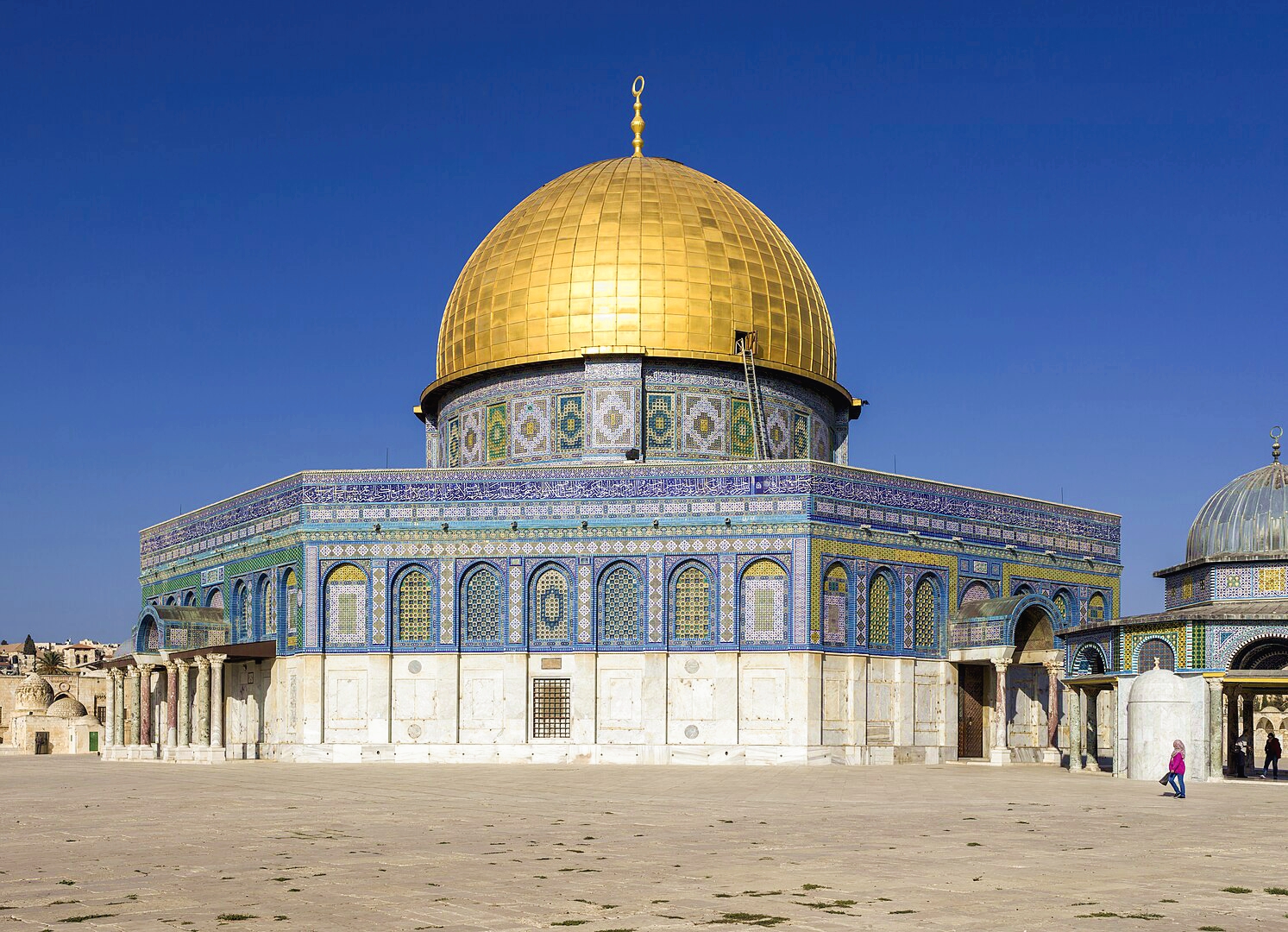
The Dome of the Rock, Jerusalem (Israel). Source: https://en.wikipedia.org/wiki/Dome_of_the_Rock
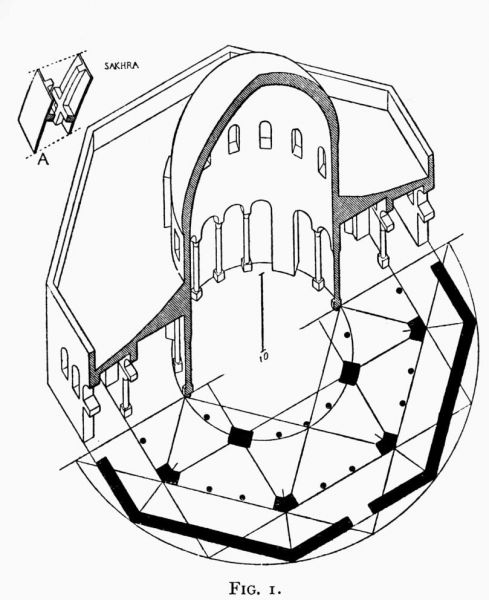
Cross Section of the Dome of The Rock. Source: https://isravakfi.org/wiki/en/index.php/Dome_of_the_Rock
4. The Baptistery of San Giovanni – Florence, Italy
Completed between the 11th and 12th centuries, this octagonal baptistery is one of the oldest religious buildings in Florence. Its form is a direct representation of Christian resurrection symbolism. The structure is famed for its bronze doors, particularly the “Gates of Paradise” by Lorenzo Ghiberti.
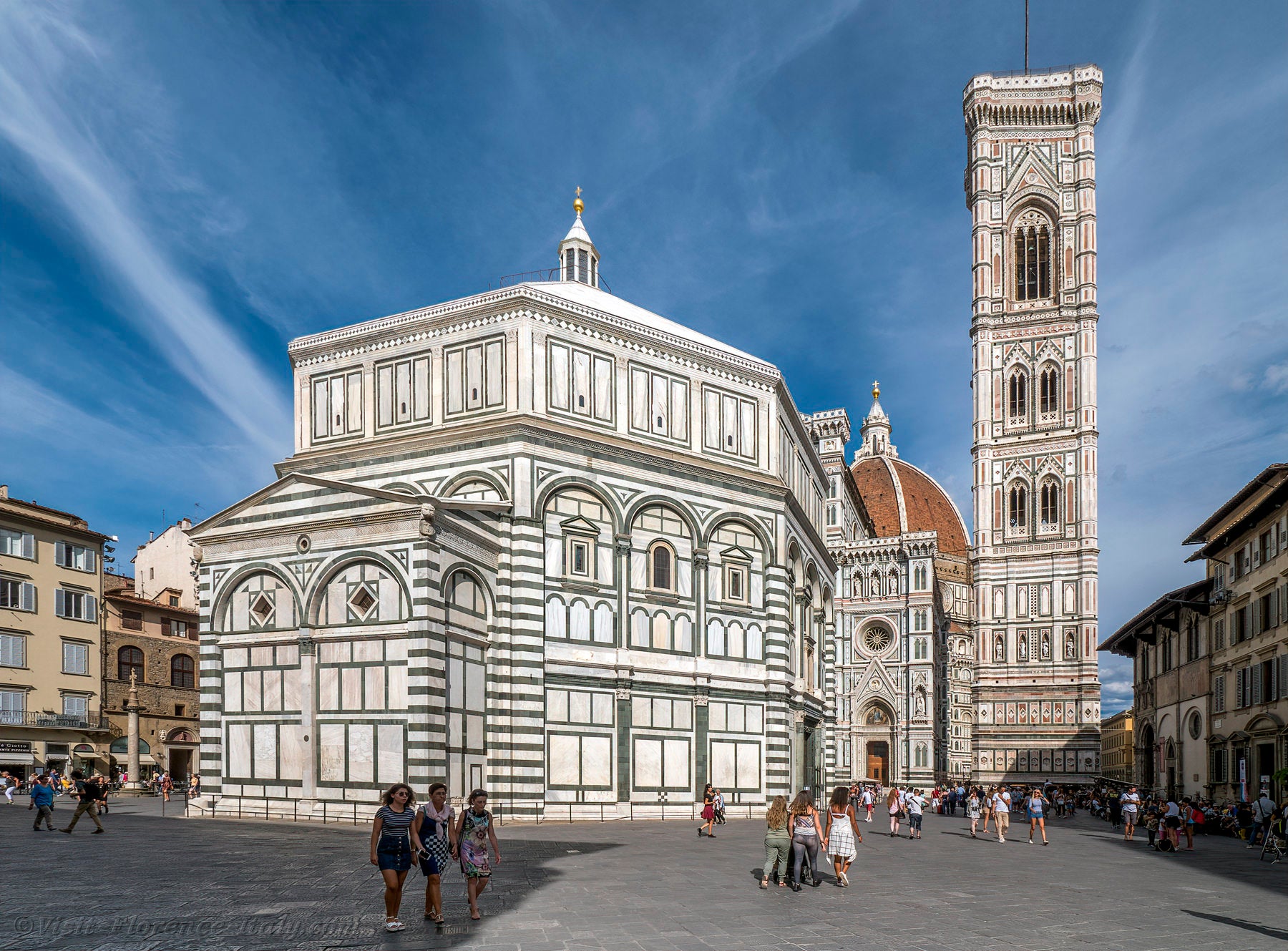
The Baptistery of San Giovanni, in Florence, Italy. Source: https://www.visit-florence-italy.com/florence-baptistery-saint-john-florence-italy.html
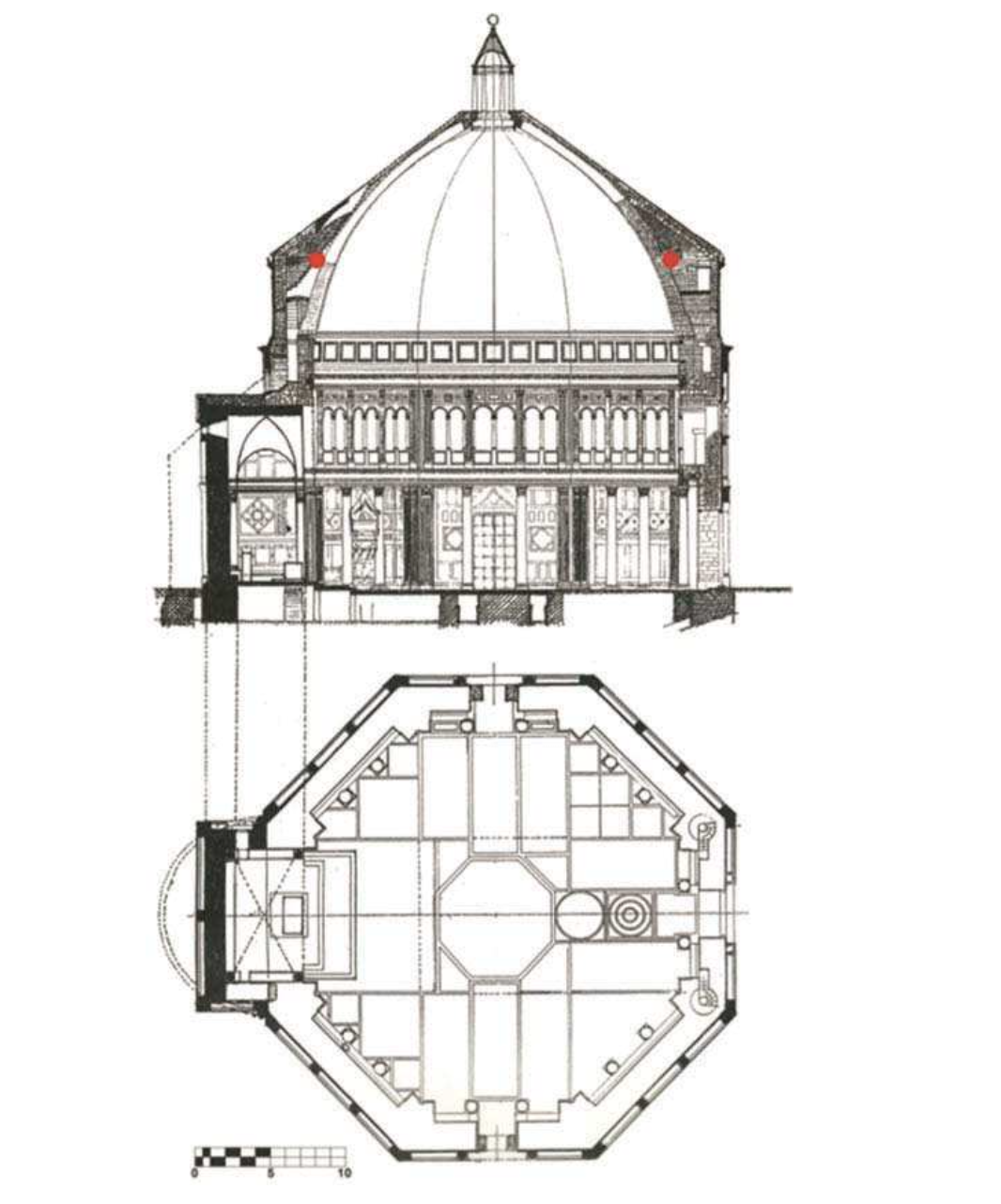
Floor Plan and Section of the Baptistery of San Giovanni, Florence, Italy. Source: https://insideinside.org/project/baptistery-of-san-giovanni-piazza-del-duomo-1059-1128/

Mosaics on the Baptistry of San Giovanni, Florence, Italy, ceiling. Source: https://www.florenceartmuseums.com/baptistry-of-san-giovanni/
5. Templo del Expiatorio A Cristo Rey – Mexico City, Mexico
A 16th-century example, this Mexican church blends the baroque style with an unusual octagonal layout, showing the enduring interest in polygonal church architecture. While rare, octagonal plans like this demonstrate architects’ continued desire to explore sacred geometry.
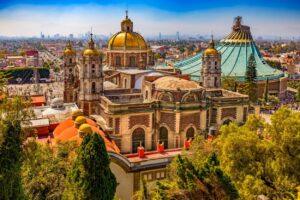
Templo del Expiatorio, in Mexico City, Mexico. Source: https://tinyurl.com/2yvhpdqm
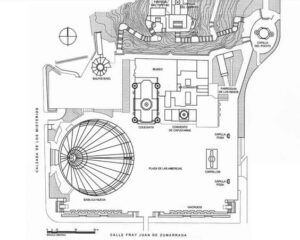
Site plan of the Templo Expiatorio on top and below the Contemporary Basilica de Santa Maria de Guadalupe, with a circular shape. Source: https://noticias.arq.com.mx/Detalles/24383.html#google_vignette
6. Rila Monastery Chapel – Bulgaria
Within the Rila Monastery complex, Bulgaria’s most famous Orthodox monastery, is a hexagonal chapel used for private prayer and meditation. The six-sided shape is a rare occurrence in Eastern Orthodox religious architecture, possibly inspired by local interpretations of sacred geometrical forms.
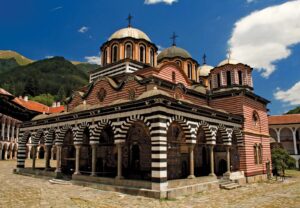
Rila Monastery Chapel, in Bulgaria. Source: https://www.britannica.com/topic/Rila-Monastery
7. The Baptistery of Saint John – Poitiers, France
Dating back to the 4th century, this is one of the oldest Christian buildings in Europe. Though its shape has evolved, it originally featured an octagonal plan, like many early baptisteries. The use of the octagon aligns with the tradition of baptism as a rebirth into eternal life.

The Baptistery of Saint John, in Poitiers, France. Source: https://www.britannica.com/place/Poitiers#ref119884
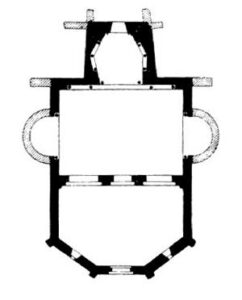
Floor Plan of the Baptistery of Saint John, in Poitiers, France. Source: https://www.archinform.net/projekte/13071.htm
8. Church of the Nativity of Saint John the Baptist – Zelená Hora, Czech Republic
This Baroque-Gothic marvel by architect Jan Santini Aichel is uniquely built on a star-shaped layout, incorporating pentagonal and circular geometry. Completed in the early 18th century, it is a UNESCO World Heritage Site and exemplifies deeply symbolic architecture influenced by mystical numerology.

Church of the Nativity of Saint John the Baptist, in Zelená Hora, Czech Republic. Source: https://www.zdarns.cz/en/tourism/photogallery#fotogalerie48
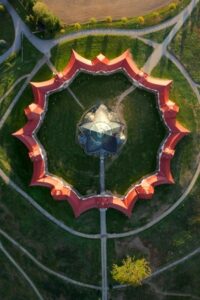
Aerial view of the Church of the Nativity of Saint John the Baptist, in Zelená Hora, Czech Republic. Source: https://www.zdarns.cz/en/tourism/photogallery#fotogalerie48
9. San Lorenzo – Milan, Italy
Originally built in Roman times, this church features a central octagonal plan that was later modified and restored. It is among the oldest examples of a centralised church in Western Europe and represents how early Christian architects experimented with spatial form to express divine perfection.
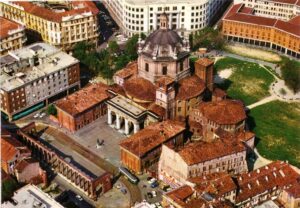
The Basilica of San Lorenzo, in Milan, Italy. Source: https://archimaps.tumblr.com/post/134154785697/the-basilica-di-san-lorenzo-milan
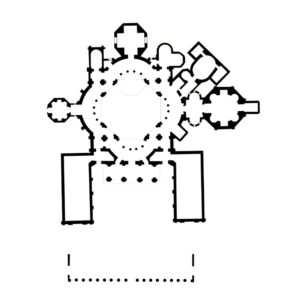
Floor Plan of the Basilica of San Lorenzo, in Milan, Italy. Source: https://hiddenarchitecture.net/san-lorenzo-maggiore/
Why These Shapes Matter
Polygonal churches and sacred temples are more than architectural curiosities. They represent a departure from the standard longitudinal (basilica) format toward centralized, symbolic spatial experiences. The central plan often allowed for domed roofs and concentric interior arrangements that encouraged communal worship and celestial orientation, reflecting the divine order.
Their rarity also highlights moments in history when architectural innovation met deep religious significance. These forms were often chosen for baptisteries, mausoleums, mosques, or imperial chapels, spaces that emphasized spiritual transition, rebirth, or eternity.
Besides representing spiritual transition, those sacred geometry shapes are present in natural species, such as honeycombs and flowers. The Ancient Chinese practice of Feng-Shui applies the octagon as a diagram for energy distribution on a dwelling’s floor plan, inspired by nature. Are these only coincidences? What else could be behind these ideas?

Examples of hexagonal shapes abundantly found in nature. Source: https://tinyurl.com/2ayz7kv8 (Fractal Science Facebook Account).

Diverse flower shapes and their geometrical patterns are highlighted, including regular pentagons, hexagons and octagons. Source: https://www.instagram.com/p/C8FvovNtXV5/?utm_source=ig_web_copy_link (Geometria Sagrada Instagram Account).

The traditional ‘bagua’ octagon shape, from ancient Chinese culture (used on Feng Shui), shows multiple components of our lives in harmony inside an octagonal shape. Another example of harmonic system design inspired by nature. Source: https://morrisfengshui.com/blog/question-bagua
Legacy and Revival
Today, architects still draw inspiration from these ancient polygonal churches. Contemporary sacred architecture sometimes returns to geometric clarity to evoke transcendence and serenity. With advances in structural engineering and digital design, we are seeing a resurgence of non-linear sacred architecture, where pentagons, hexagons, and octagons serve as both practical and symbolic tools.
In a world that often leans toward function over form, these historic churches remind us that form can carry profound meaning. Whether constructed in marble in Florence or layered in mosaics in Ravenna, the polygonal churches and temples of the past remain enduring icons of sacred geometry and spiritual design that deeply resonate with nature’s geometric patterns. We hope they inspire you too!
Important Sources:
https://smarthistory.org/san-vitale/
https://en.wikipedia.org/wiki/Aachen_Cathedral
https://smarthistory.org/palatine-chapel-aachen/
https://en.wikipedia.org/wiki/Dome_of_the_Rock
https://www.florenceartmuseums.com/baptistry-of-san-giovanni/
https://www.britannica.com/topic/Rila-Monastery
https://www.britannica.com/place/Poitiers#ref119884
https://morrisfengshui.com/blog/question-bagua

